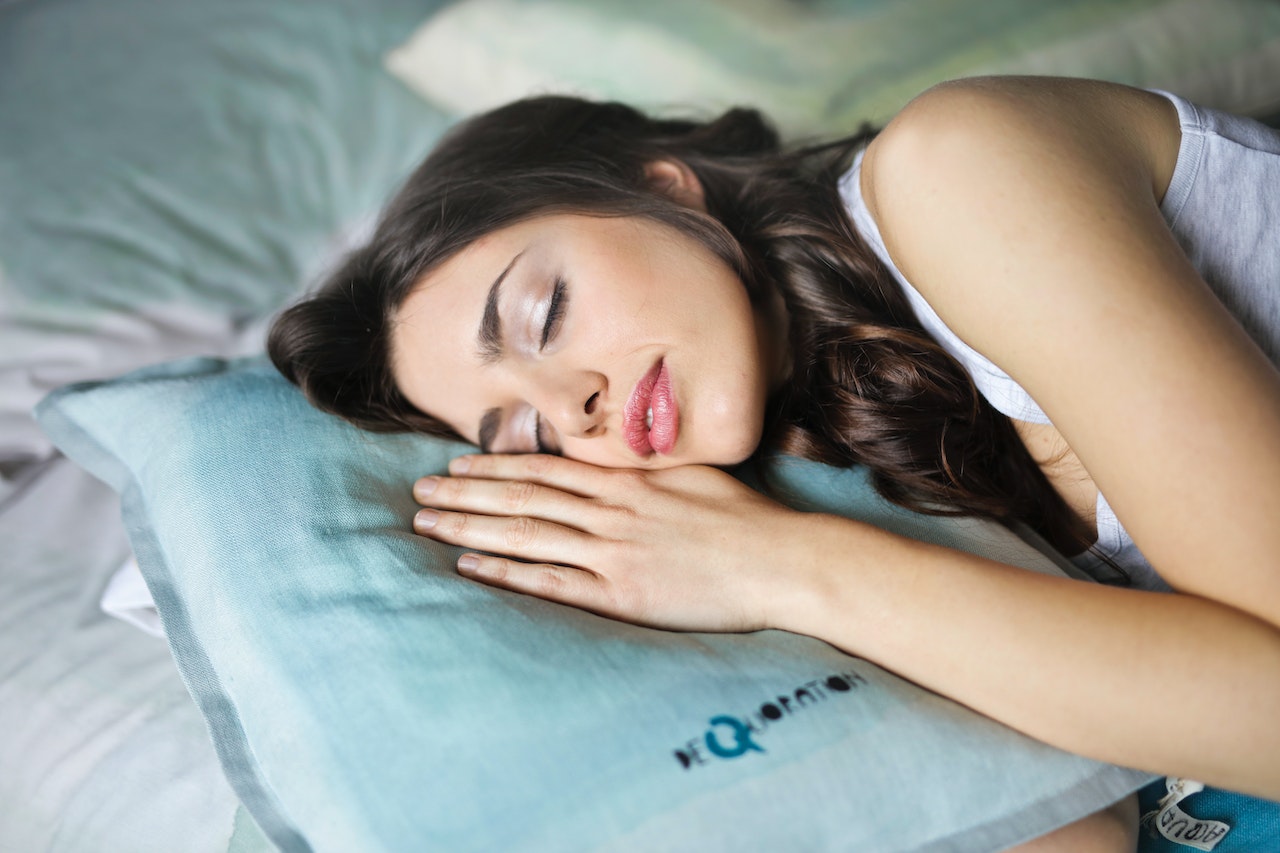Sleep apnea occurs when a person’s airway becomes blocked during their sleep, often causing them to wake up feeling exhausted even though they may have gotten hours of quality sleep the night before. It affects about 22 million Americans, with men being more likely than women to experience this condition, but luckily there are alternative treatments for sleep apnea that don’t require you to wear a CPAP machine all night long—a treatment that can be uncomfortable, inconvenient and embarrassing to use in front of loved ones.
Wear an Oral Device
An oral device called the mandibular advancement device (MAD) is a customized mouthpiece that shifts the lower jaw forward, which opens up the airway and helps with breathing. This device is an alternative to CPAP Machine usage and can be worn while asleep or awake and should not affect sleep quality.
The MAD is a more natural way of treating sleep apnea that does not involve any invasive treatments like surgery, insertion of wires through the neck, or use of a CPAP machine. Although it does take time to adjust to wearing the device, patients have reported less severe symptoms, improved quality of life, and reduced dependency on other treatments after using it for just one week. Patients also report an improvement in dental health as an additional benefit!
Wear a Tongue Stabilizing Device
A tongue stabilizing device is an alternative treatment for sleep apnea. They work by holding your tongue in a forward position and preventing the tissue from collapsing into the throat, which can cause breathing problems.
This device can help you stop snoring and reduce sleep apnea episodes. Tongue stabilizing devices are not worn during the day, so it does not interfere with your lifestyle or activities.
Lose Weight and Increase Exercise
Weight loss and exercise are two of the easiest, most effective ways to reduce sleep apnea. It’s important to note that these two methods should be done together as they can offset each other. For example, if weight loss causes a decrease in lung capacity, regular exercise will help increase it again.
Exercising regularly helps increase airflow during sleep by expanding the chest cavity and lowering the body’s blood pressure. Those with sleep apnea who have been exercising regularly have noted an improvement in their symptoms, including an increase in energy levels during the day and a reduced need for naps.
Weight loss is also beneficial because it decreases fatty deposits on the neck and throat that may restrict airways during sleep.
Try Acupuncture
The American Academy of Sleep Medicine found that in a study involving patients with sleep apnea, acupuncture was shown to be a viable treatment for the condition. The study was conducted in China, where acupuncture is often prescribed for sleep disorders.
The University of Miami School of Medicine and Harvard Medical School also found that acupuncture has helped people with sleep apnea by reducing inflammation in the throat and thereby improving the muscles’ ability to relax during sleep.
Change Your Sleeping Position
Many people are not aware that there are a number of different sleeping positions that can help with sleep apnea.
Sleeping on your back is the best position, but it’s not always the most comfortable. Sleeping on your back with a slight elevation of the head can help keep airways open and reduce snoring. If you want something a bit more comfortable than a pillow, try sleeping on an aerated foam bed or wedge pillows.
If you’re already sleeping on your back and still having trouble breathing, there are other positions that might be more suitable for you such as side sleeping or stomach sleeping (depending on how severe your sleep apnea is).
Other positions will make you feel less claustrophobic and give your neck more space. Some other positions you may want to try: resting on your side with one arm under a pillow and one arm over the head; lying on your side with both arms under pillows, or resting on your back but with a slight incline so that gravity pulls air through easier.
Final Thoughts
In this post, we discussed the top five alternatives to CPAP machines for sleep apnea. We hope that by reading this post you have found some helpful information about sleep apnea and the treatments available. If you are suffering from sleep apnea and would like more information about how these treatments work, please consult a healthcare provider.


